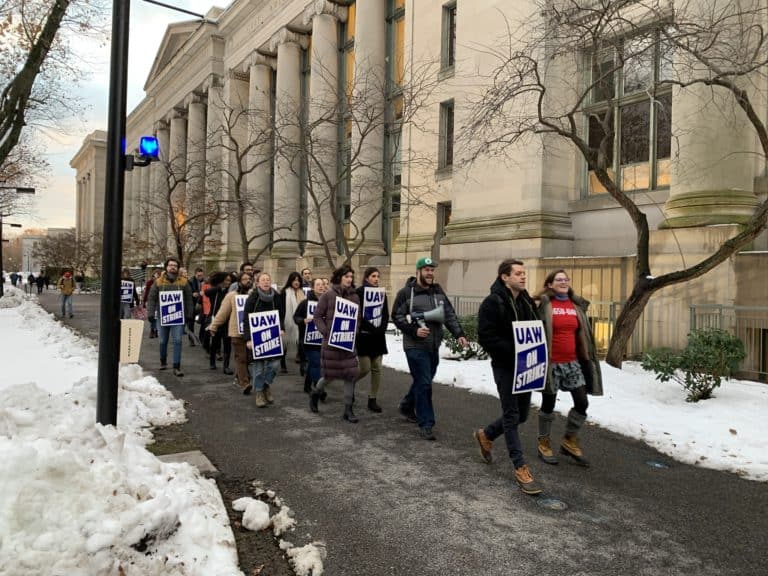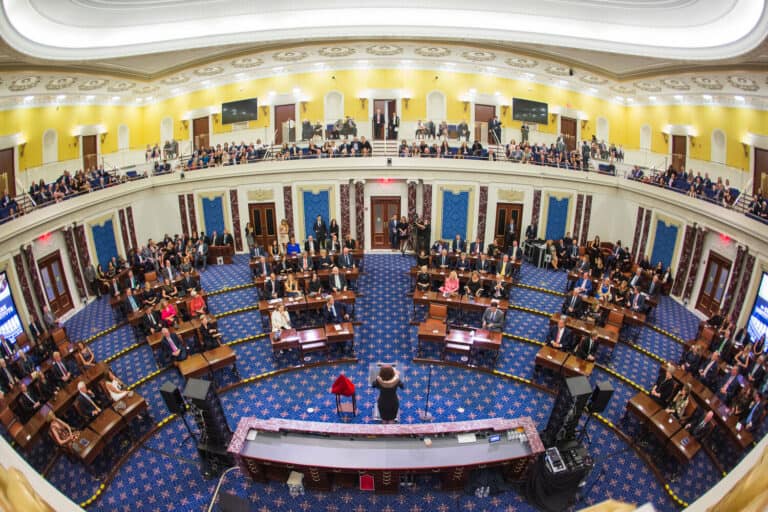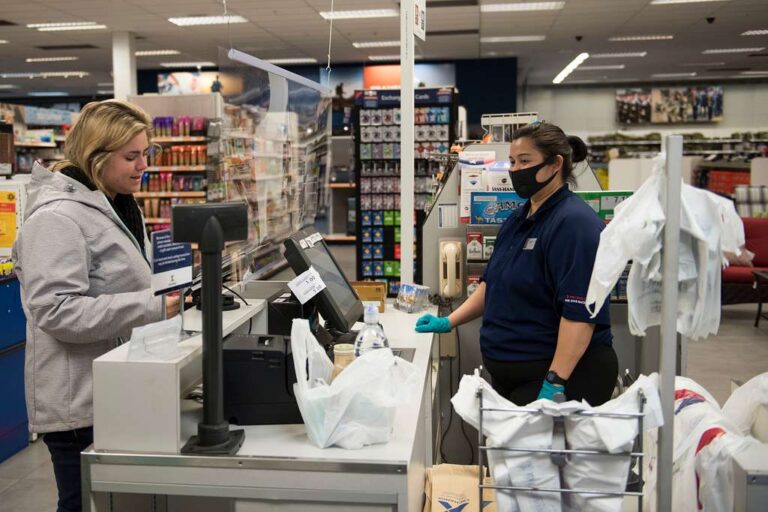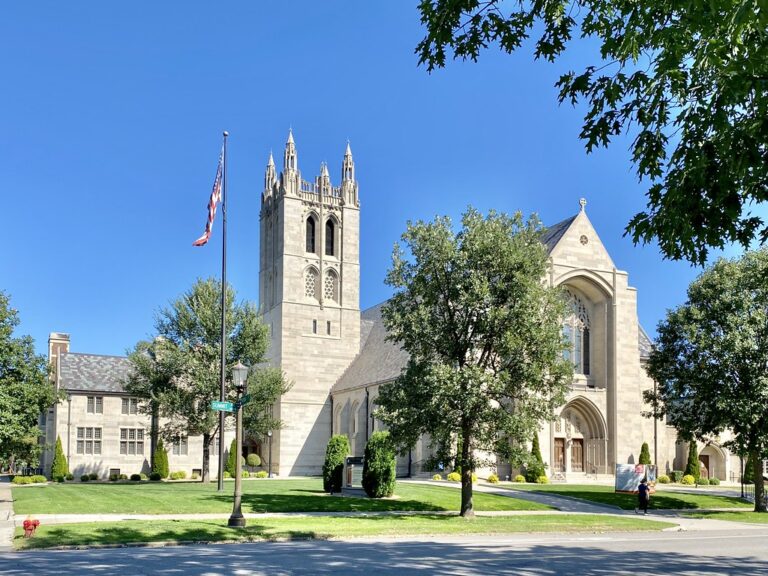César Rosado-Marzán is an Associate Professor of Law and Co-Director of the Institute for Law and the Workplace at the Chicago-Kent College of Law.
As Sharon recently covered, in January the National Labor Relations Board’s General Counsel announced a proposal to overhaul the agency’s long-standing structure of local offices. Though some details remain sketchy, reports suggest that the idea is to consolidate the existing 26 regions into a smaller number of “districts.” Regional directors, now classified as Senior Executive Service personnel with broad authorities, would be demoted and required to funnel various decisions to a new layer of managers reporting directly to the General Counsel in Washington, D.C.
Proponents of the plan have cited regulatory consistency and reduced costs as benefits, while critics allege it would damage the NLRB’s core mission of protecting workers’ rights. Having spent the last year interviewing worker advocates and city, state, and federal agency officials about how labor and employment laws are enforced in Chicago, we agree with the critics. To do their best work, regional officials need authority, flexibility, and space to form lasting relationships. The General Counsel’s plan impairs all three.
Collaborative Enforcement in Chicago
A central theme that emerged from our study is that amid overworked staffs, stretched budgets, and sometimes confusing bureaucracies, the well-known gaps in worklaw enforcement can be filled by creative and flexible collaborations between agency officials and advocates. For example, the tragic scalding death of temporary worker Carlos Centeno in 2011 spurred the Chicago Workers’ Collaborative to ask local OSHA officials to help train its members as informal “Peer Educators” to spot safety issues on factory floors. As the trainings increased, so did the first-hand accounts of everyday dangers brought to investigators. Recognizing the benefits of a transformed information pipeline, OSHA and the Collaborative worked together to formalize it. Today, Peer Educators are equipped with OSHA certification cards earned after ten course hours at the UIC School of Public Health, meet periodically with the agency’s labor liaison, and have a seat at the table when co-workers file complaints at the local office.
In Chicago, this kind of collaborative problem-solving is not limited to particular groups or agencies. A good illustration is the “Chicago-Area Interagency Workers’ Rights Roundtable,” an informal gathering of city, state, and federal agency officials and over twenty community and legal organizations that meets quarterly to discuss public education and procedures. A current project involves revival of a “universal complaint form” that could be filed with one agency, cite overlapping legal violations, and then get passed around to the appropriate agencies. In interviews advocates repeatedly reflected on a 2016 meeting where participants worked through multi-jurisdictional enforcement hypotheticals written by worker centers and based on actual cases. One grassroots leader called the meeting a “pivot point” that generated a cross-border empathy: agencies saw that worker centers can offer valuable enforcement expertise, and the centers learned why administrative coordination that seems intuitive may not be.
Importantly, almost none of the collaboration we identified is legally mandated. It happens because of relationships. One official described his approach to outreach with other agencies and the public as a mix of “cold calls and coffee,” suggesting that it’s the time spent getting to know someone that fuels future partnerships. Others noted that something as simple as proximity plays a role, as having a different agency or division downstairs or down the hall sparks impromptu encounters all the time. An inter-agency workshop on the U-Visa program for undocumented victims of serious crimes came about not because it was an administrative priority at the time, but because advocates—who had established trust with officials through the roundtables—asked for it.
The Proposed Restructuring
The proposed restructuring compromises this collaborative enforcement environment in at least two significant ways.
First, diminished local authority limits the flexibility needed for officials and advocates to work together effectively. Administrators sometimes referred to community members as the agency’s “eyes and ears” and encouraged them to see the complaint process like a “Bat phone” or hotline. Both depictions point to the reality that collaborations between workers and investigators often arise organically and can be time sensitive. When a collaborative culture takes hold, it can play out like it did when a Chicago worker center inundated the state Department of Labor with photos of dozens of small temp agencies that hadn’t legally registered with the state, and the Department pivoted by hiring summer interns to track and map the data for enforcement. Adding an extra layer of management in D.C. could, at best, slow agency responsiveness to these types of opportunities or, at worst, endanger the improvisatory style that makes advocates want to approach agencies in the first place.
Second, the proposal weakens a critical relational foundation of workplace enforcement: stability. In Illinois, the election of a new governor in 2014 led to a number of transitions at state agencies, and with the departures came an end to some widely-praised partnerships, like a monthly meeting updating outside groups on the status of wage complaints. Some turnover, of course, is normal and advocates can try to remake the connections. The General Counsel’s plan, in contrast, actually shuts down some regional locations, simply extinguishing existing relationships and the possibilities for others in the future.
As for the offices that remain, Regional Directors are currently known both for their deep experience in labor relations and rootedness in the community. This makes relations with unions, community groups, employers, and practitioners consistent and effectively naturally developed. But experience and roots will not mean much if the repeat players learn that local decisions are subject to second guessing hundreds or thousands of miles away. That district managers will apparently be the General Counsel’s direct Washington, D.C. reports also seems to risk devolving the NLRB’s famous political instabilitydown to the neighborhood level.
If that possibility seems remote, consider that Regions handle many issues that have traditionally been viewed as intensely local and best-suited to Regional Director discretion but, in an era of hyperpolarization, could become politicized. If the General Counsel’s appointees now want a say in basic election mechanics, like whether certain workers’ schedules are so scattered that they should vote by mail, or in outreach, like how Board agents coordinate with the Mexican Consulate’s Ventanilla Laboral” system of assisting immigrants with workplace complaints, it could profoundly impact a Region’s credibility in the labor-management community and beyond.
Conclusion
The relevant takeaway from our research is that collaborations across agencies and between agencies and civil society can help protect workplace rights, especially on a tight budget. But by limiting local authority, flexibility, and relationships, the General Counsel’s centralization plan harms these partnerships and actually makes it harder for the Regions to do more with less. The NLRB’s current structure is working, and we urge the General Counsel to abandon plans to upend it.
Michael M. Oswalt is an Associate Professor at Northern Illinois College of Law. César Rosado-Marzán is an Associate Professor of Law and Co-Director of the Institute for Law and the Workplace at the Chicago-Kent College of Law.










Daily News & Commentary
Start your day with our roundup of the latest labor developments. See all
October 31
DHS ends work permit renewal grace period; Starbucks strike authorization vote; captive-audience ban case appeal
October 30
Sweden’s Tesla strike enters its third year; Seattle rideshare drivers protest Waymo’s expansion in the city.
October 29
9th Circuit rejects challenge to NLRB's constitutional structure; preemption challenges to state labor peace statutes
October 28
Two federal unions oppose CBA cancellations, another federal union urges Democrats to end the government shut down, and Paramount plans for mass layoffs
October 27
GM and Rivian announce layoffs; Boeing workers reject contract offer.
October 26
California labor unions back Proposition 50; Harvard University officials challenge a union rally; and workers at Boeing prepare to vote on the company’s fifth contract proposal.